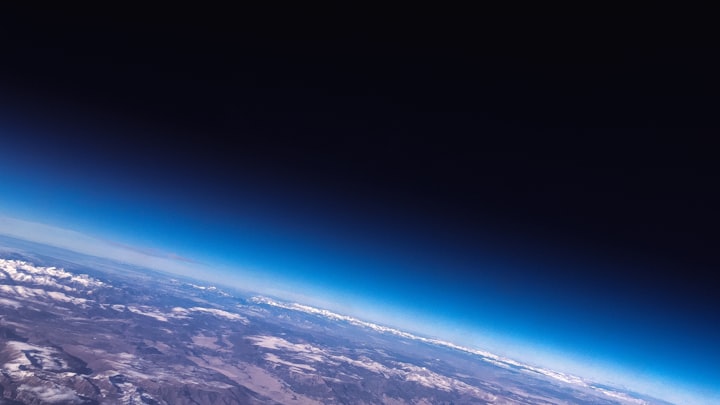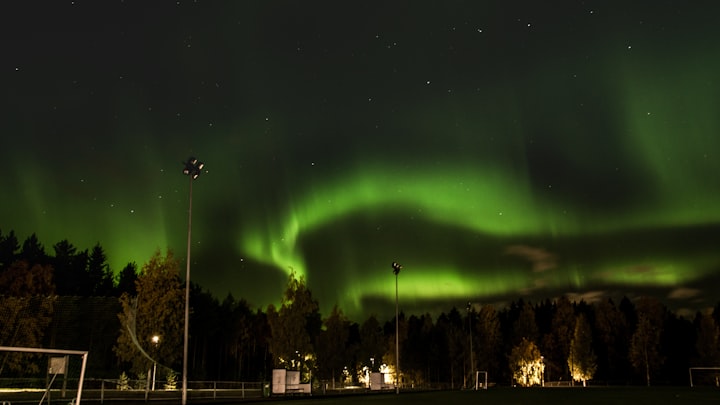5 interesting facts about Earth
Earth is the third planet from the Sun and is the largest of the terrestrial planets.
By Writer BasePublished 3 years ago • 4 min read
Like
Share

Photo by ActionVance on Unsplash
Facts about the Earth

- This phenomenon is caused by the nickel-iron core of the planet, coupled with its rapid rotation. This field protects the Earth from the effects of solar wind.
- There is only one natural satellite of the planet Earth.
- As a percentage of the size of the body it orbits, the Moon is the largest satellite of any planet in our solar system. In real terms, however, it is only the fifth largest natural satellite.
- Earth is the only planet not named after a god.
- The other seven planets in our solar system are all named after Roman gods or goddesses. Although only Mercury, Venus, Mars, Jupiter and Saturn were named during ancient times, because they were visible to the naked eye, the Roman method of naming planets was retained after the discovery of Uranus and Neptune.
- The Earth is the densest planet in the Solar System.
- This varies according to the part of the planet; for example, the metallic core is denser than the crust. The average density of the Earth is approximately 5.52 grams per cubic centimetre.
Facts from Leo:
About the Creator
Writer Base
I was born and raised in a small town in India, where I developed a love for reading and writing from a young age. After completing my education.






Comments
There are no comments for this story
Be the first to respond and start the conversation.